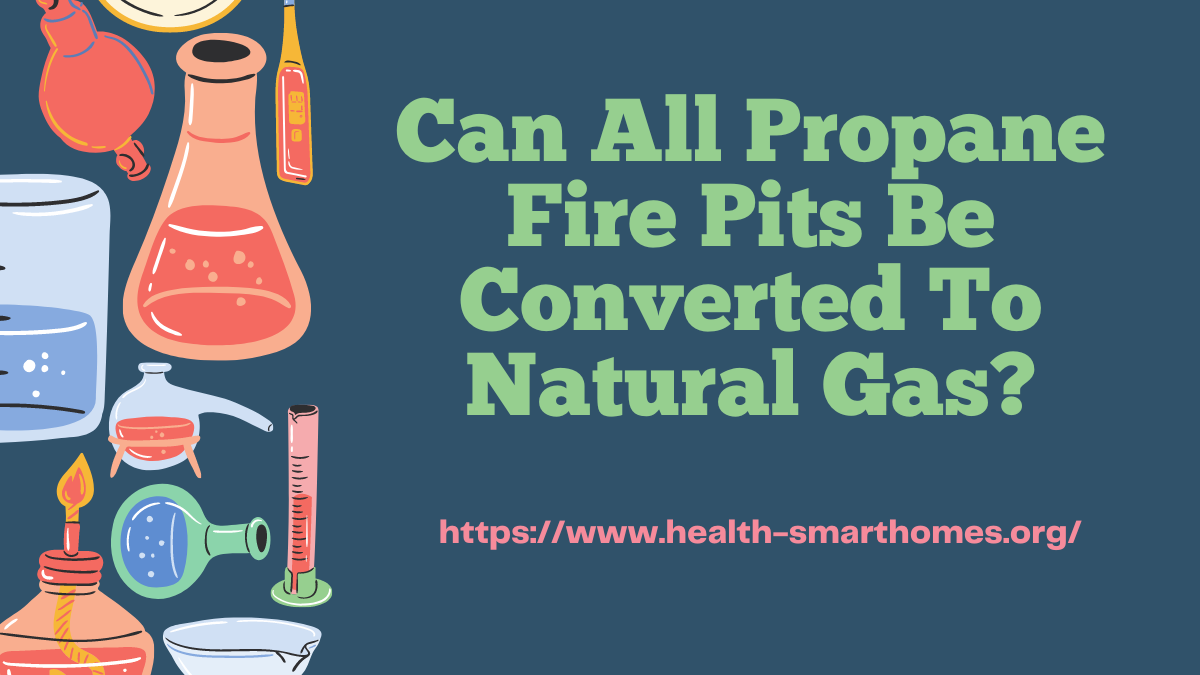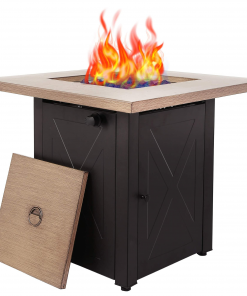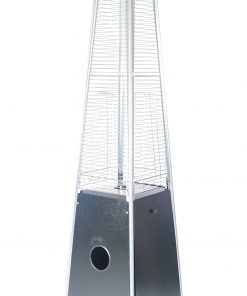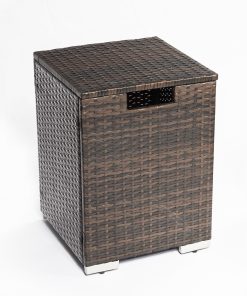Knowledge
Can All Propane Fire Pits Be Converted To Natural Gas?
You’ve just bought a brand new propane fire pit, but you’re not sure if it can be converted to use natural gas. Buying a propane fire pit is a great idea, but you need to be sure that it can be converted to use natural gas. Otherwise, you’ll be spending a lot of money on propane and you won’t be getting the most out of your purchase. We’ve created a guide that will show you how to convert your propane fire pit to use natural gas. Just follow the simple steps and you’ll be able to enjoy your new fire pit without any problems.
When it comes to propane fire pits, many consumers wonder if the appliance can be converted to use natural gas. This article examines the pros and cons, as well as, the types of conversions available.
1. What to look for when purchasing a propane fire pit?
Buying a propane fire pit is a very simple and easy process. There are dozens of companies selling various styles and sizes of propane fire pits, most of which are quite affordable. The fire pits that you can purchase come in a variety of different styles, sizes, and colors that you can choose from.
The biggest decision you’ll want to make when purchasing a fire pit is which style you want. There are fire pits that can be filled with propane and then lit, fire pits that have a built-in propane stove, fire pits that are sunken into the ground, and fire pits that have an open fire pit design.
When shopping for a propane fire pit, look for one that is made of durable iron or steel. The more durable the materials, the less likely the fire pit is to break.
Whenever you buy a propane fire pit, make sure that you read the instructions carefully and follow them carefully. Propane can be extremely dangerous, so always follow the manufacturer’s instructions exactly.
2. What are the benefits of a natural gas fire pit?
Natural gas fire pits are convenient, clean, and safe, and they will enable you to have a relaxing evening outside at any time.
Easy and Convenient: Natural gas is readily available, easy to ignite, and requires no lighter fuel. You can turn on your fire with the flip of a switch, and extinguish it just as easily. No messy relighting is necessary when you close the valve on your natural gas fire pit.
- Clean: The flames from natural gas are odorless, so you won’t have the unpleasant smell of burning propane or wood. There is no soot to clean up after the fire burns out.
- Safe: Natural gas is non-toxic, non-explosive, and burns at much cooler temperatures than the fuel used in traditional fire pits. So, there is no open flame, and you won’t have to worry about your children or pets getting too close to the flame.
- Relaxing: Natural gas fire pits are a safe way to enjoy a relaxing evening outside, even on a cold winter night. Although a natural gas fire pit doesn’t warm up the air much, it will create a cozy feeling for you and your guests while you tell stories about a warm fire.
3. How to convert a propane fire pit into a natural gas fire pit?
There are a few factors to consider when determining whether or not a propane fire pit can be converted to natural gas. The first is the type of valves and fittings the fire pit has. If the fire pit has valves and fittings that are not compatible with natural gas, then it cannot be converted. The second factor is the size of the orifice (the hole through which gas flows). Propane fire pits typically have a smaller orifice than natural gas fire pits, so the orifice would need to be enlarged in order to accommodate the larger volume of natural gas. Finally, the length of the gas supply line may need to be increased in order to accommodate the increased volume of natural gas.
This can be done in the following steps:
- First, shut off the power to the gas valve.
- Next, disconnect the propane tank from the gas valve.
- Then, disconnect the gas line from the regulator.
- Lastly, remove the valve from the gas line, and then attach it to the propane tank valves.
4. The pros and cons of converting a propane fire pit to natural gas
Converting a propane fire pit to natural gas can be a simple process since mechanics are relatively simple. When it comes to the safety factor, however, there are some pros and cons to consider.
Pros & Cons of Converting a Propane Fire Pit to Natural Gas.
Pros:
- Increased safety. When natural gas is used for fuel, there are no open flames. Therefore, it is inherently safer to use than a propane fire pit.
- Ease-of-use. Natural gas pipes are typically already available in a home or business. This means that the process of converting a propane fire pit to natural gas is easier than installing propane tanks.
- Cost-effective. Natural gas is less expensive than liquid propane.
Cons:
- Difficulty of installation. The installation process of a natural gas system in a home or business can be more complicated, and therefore more costly, than installing a propane tank.
- Odor. Natural gas has an odor that can be detected when high levels of gas are present. When high levels of gas are present, the gas can become flammable, particularly in areas of high humidity. Therefore, it is important to keep natural gas systems properly ventilated.
- Temperature sensitive. Natural gas is temperature sensitive. When temperatures are too cold, gas can condense and it can freeze. When temperatures get too hot, gas can evaporate and it can flash.
5. Conclusion
Now that you’ve read this article, you are well on your way to learning how to convert your propane fire pit to use natural gas. If you have any questions, please ask away in the comments below – I’d love to hear from you!





